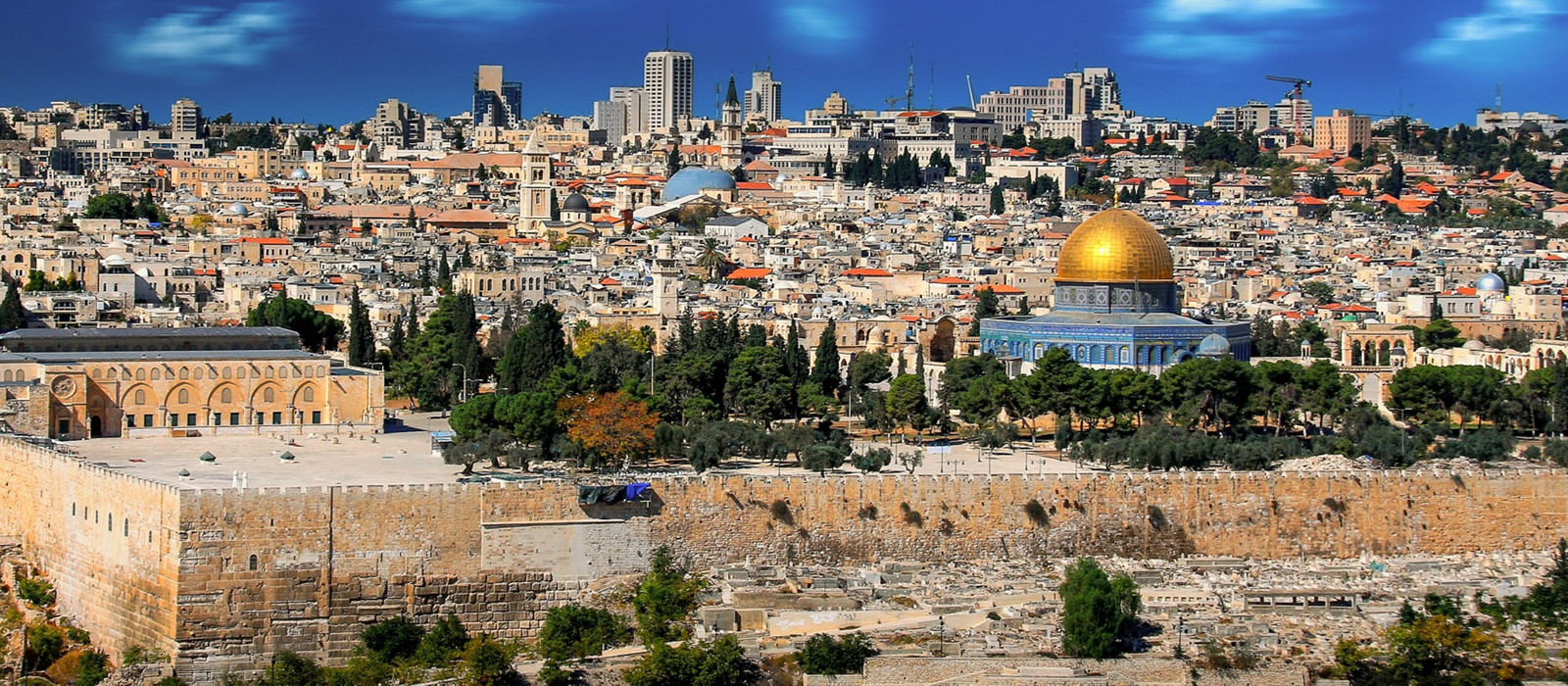This post is best begun with a story. When I was younger, some fragments, around maybe 30 in total, of the Dead Sea Scrolls went on a museum tour and did a stop at the Royal Ontario Museum in Toronto. It is important to notice that I said fragments. This is important as there are tens of thousands of fragments of Scroll that make up around 800 different documents. So my family and I walked through a huge exhibit talking about where they were found and how they were discovered, life in Israel and a whole bunch of things that I don’t remember since it really did not matter to me at the time. I remember being rather bored and slightly disappointed when we got to the end to look at some small old pieces of paper. It took me a few more years to understand the importance of the documents. They contain most parts of the Hebrew Bible (Old Testament), texts that are religious but did not make it into the Hebrew Bible such as Tobit, and some general documents and manuscripts, such as tax records and laws.
With this in the back of my mind, I was especially excited to visit Qumran, where the scrolls were discovered during the trip. From our readings in Alexander to Constantine by Eric Meyers we learned that the site of Khirbet Qumran is located on the northwestern shore of the Dead Sea, twenty-one kilometers east of Jerusalem and twelve kilometers south of Jericho. It is from this location that the scrolls get their name, as they were located in caves near the sea. Although they are ancient, they were not discovered until 1947 by the Bedouins. A Bedouin is one of the indigenous peoples of the land of Israel and live in the desert. Upon further excavation, they found another 30 caves, however no others contained written work. The scrolls are written on a few different types of material. 90% is written on parchment which would have been produced from animal skin. 10% is on papyrus, which is made from pounding reeds flat. And there is 1 special scroll known as the copper scroll which is written on metal.
The discovery of the Dead Sea Scrolls was transformative to both the Jewish and Christian faith, as the fragments pre-dated other religious documents by one-thousand years, making these works invaluable. It also raises concerns over how to manage these documents, and many were lost in the early years, before conservation was fully understood and “ownership” was established. Some of the loss can be tied to political changes, as they were found around the transition time to the State of Israel, and tensions were high, with little co-operation. This is an example of how concerns and conflicts must, at time, be put to the side for the greater good. Unfortunately, the greater good is not always evident at the time.
There are many times on this trip where I find myself surprised and amazed about the things we are seeing. During the exhibit at the ROM I believed that the place where these were found would be in the middle of nowhere, accessible to no one and that there would never be a chance for me to see them again. It is interesting to note that the popularity of tourist archeology sites in Israel, such as this one. Even in the middle of the desert there was a visitor’s center, a video projection and a detailed path to follow with boards explaining what we were seeing. This gives the opportunity to better connect with the ancient history we are experiencing.
Finally, history surrounds us in this region, and this is not our first encounter with old written works during the trip. We also have had the chance to visit the Kahlidi library while in Jerusalem, where they house the largest collection of Arabic manuscripts in Jerusalem. Even though this library did not have anything as amazing as the Dead Sea Scrolls, all history is worth preserving and the collection contains important documents all the same. They are in the process of restoring many of the books. We also visited Megiddo, where we learned from Israel Finkelstein and David Ussishkin that they found a broken tablet with 37 lines, which included a portion of the Mesopotamian Epic of Gilgamesh.
Ancient words – still speaking to us today! Amazing!
By: Jessica Stevenson
